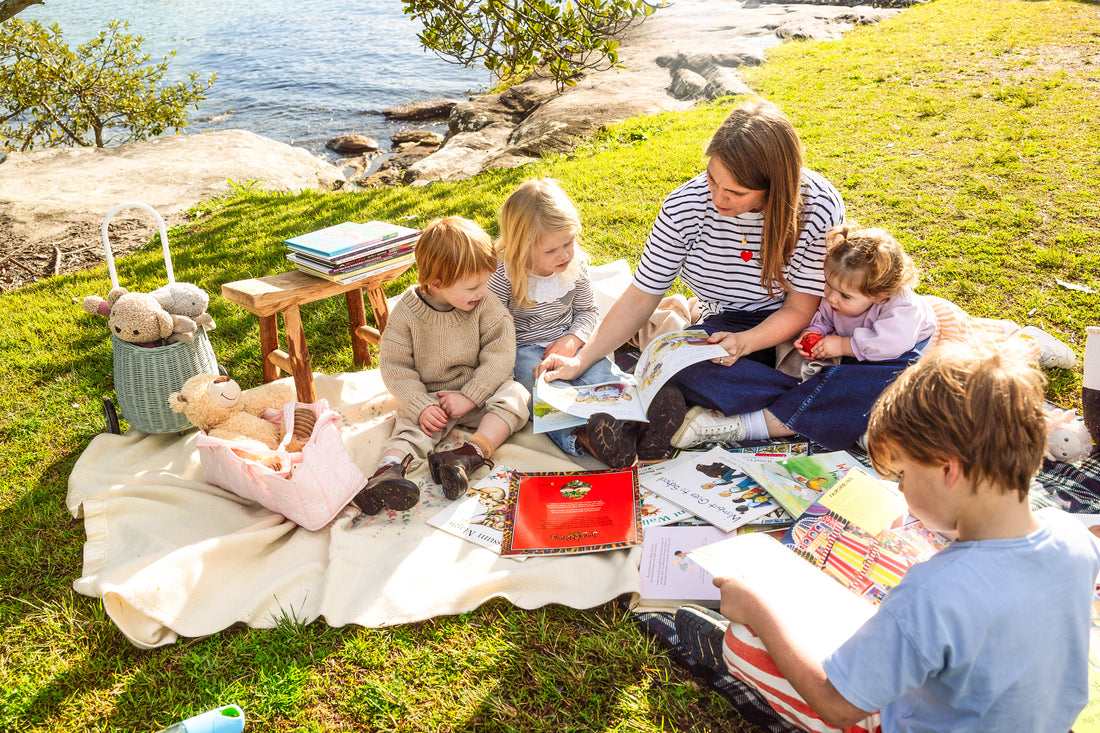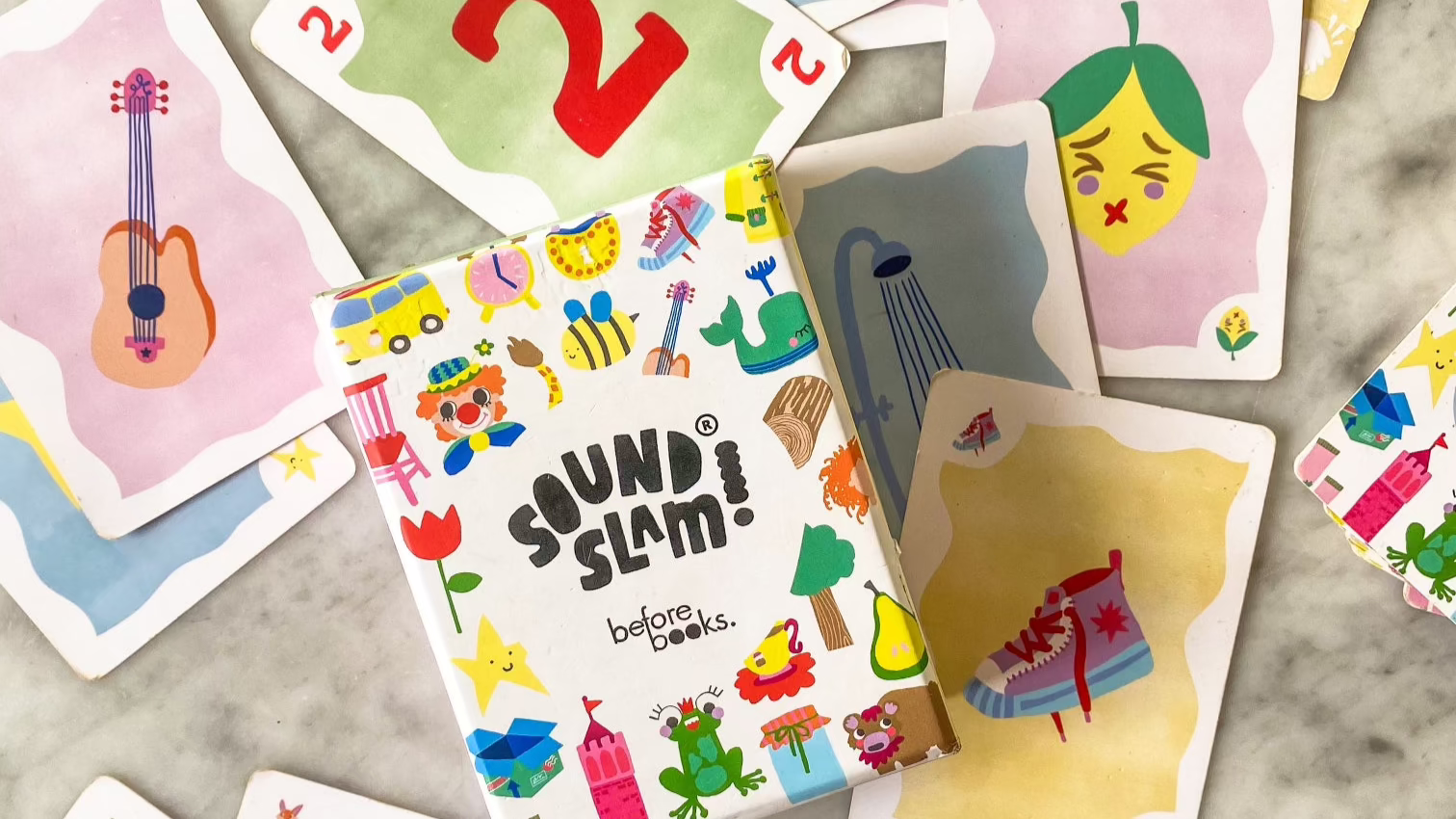
WHAT DO I NEED TO KNOW?
This is a big one. Oral language refers to the words and conversations we share to communicate our ideas, memories and wishes. It is biologically primary in that a person exposed to language will learn to talk, however, children exposed to more complex oral language are better placed to succeed at school, not just in reading but also task management, self-direction and making sense of the new abstract school environment (Green 2021).
The earliest looks, coos and babbles from a newborn demonstrate the innate human need for connection and communication. Responding to your baby’s bids for interaction is the very first literacy lesson of their life and it should occur early (right from day one!) and often. Leading researchers encourage parents to think of these interactions like a game of tennis with a ‘serve and return’ (Centre of Developing Child, HU 2005). The child may blow bubbles, giggle or make an adorable noise and a parent perhaps mirrors the behaviour, escalates it or responds enthusiastically as though the baby had asked them a question. ‘Serve and Return’ is vital for oral language development. By increasing your awareness of a young child’s desire to communicate, you can boost conversation, advance vocabulary and propel young children towards literacy.
Oral language really is the foundation on which all other literacy skills must build. A preschooler with thriving oral language skills is able to use a wide variety of words correctly (vocabulary and semantics), pronounced properly (phonology) with appropriate use of grammar (syntax). They are advancing their conversation and storytelling ability, linking and building upon ideas and events with conjunctions such as and, then and because (Snow 2020). There is also a large social component to oral language as it involves the ability to listen and take turns and consider context for an appropriate response.
OKAY ENOUGH CHAT, HOW DO I TAKE ACTION?
Talk, talk, talk, talk to your kids. Almost constantly. Respond when they ‘talk’ to you (even if they can’t talk yet). A very effective way to ensure your child is immersed in oral language from birth is to narrate what they do and narrate what you do, “I am going to put your green tshirt on now. Over your head it goes. Pop! “Out comes your head. Now let’s put your arms in the sleeves one at a time….” and so on.
As your child’s oral language develops, consciously aim to dial it up. When they retell a story from preschool, encourage sequencing words like ‘then’ and ‘next’ and listen attentively so they see the importance of retelling events in order. Ask questions that demand further detail to expand their opportunity to talk.
STANDING ON THE SHOULDERS OF GIANTS
Centre on the Developing Child at Harvard University. Resources library: Serve and return (2004-2020). https://developingchild.harvard.edu/resourcetag/serve-and-return/
Green, C. (2021). The oral language productive vocabulary profile of children starting school: A resource for teachers. Australian Journal of Education 65(1).
Konza, D. (2014). Teaching reading: Why the "Fab Five" should be the "Big Six". Australian Journal of Teacher Education, 39(12), 153-169.
Snow, P. (2020). SOLAR: The Science of Language and Reading. Child Language Teaching and Therapy. Volume 37, Issue 3.
